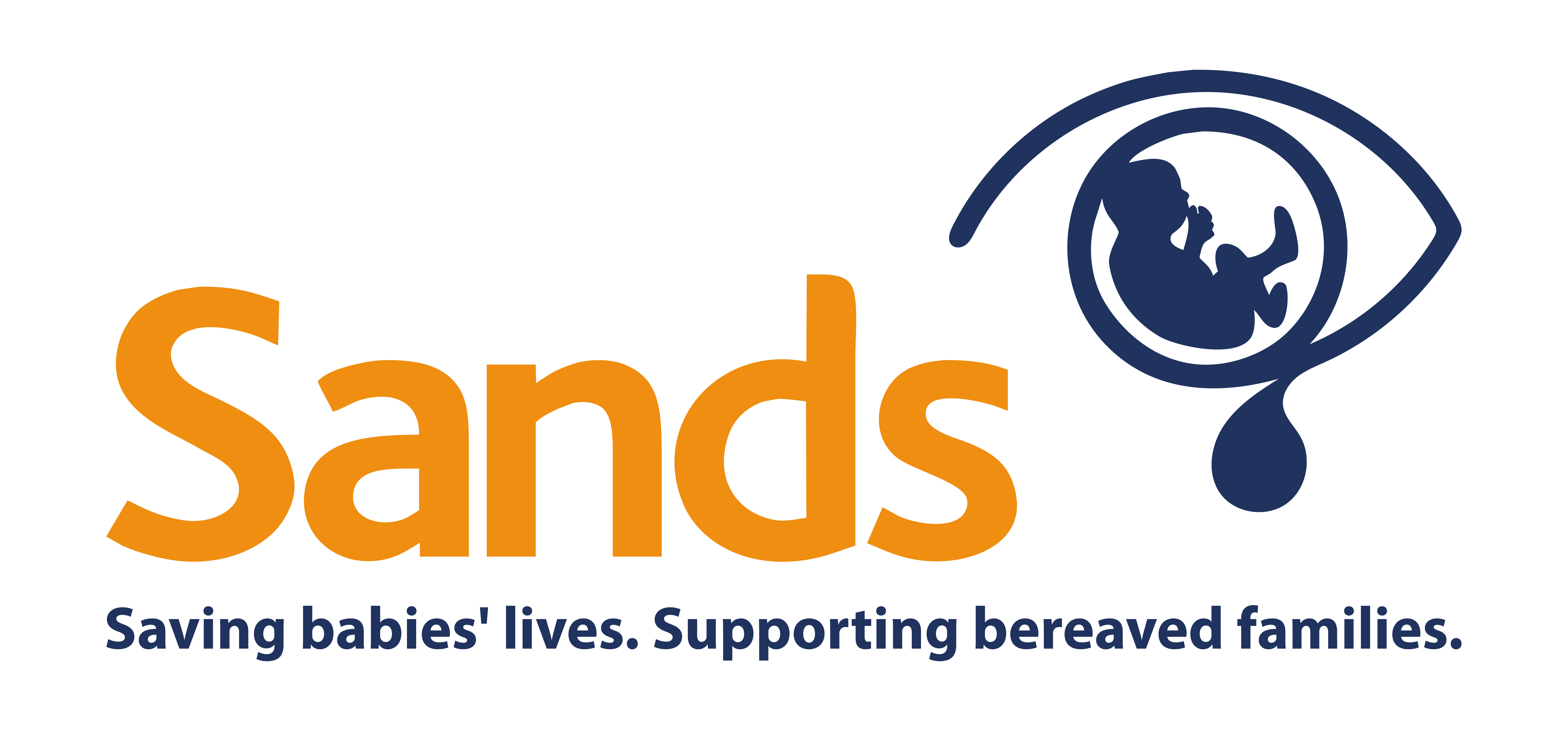This year’s MBRRACE-UK report highlights the continued higher rate of death among Black and minority ethnic babies and those born to parents from lower socio-economic backgrounds.
Today MBRRACE-UK published their perinatal mortality report looking at deaths of babies before, during, or up to 28 days after birth.
While it shows a continued decline in stillbirths and neonatal deaths up to 2020, sadly we know that more recent data from the Office of National Statistics (ONS) indicates an increase in stillbirth rates in England and Wales for 2021.
Recent data from the National Records of Scotland also shows that rates of neonatal death increased in Scotland in 2021.
“Much more concerted action is required if we are going to achieve ambitions to reduce the number of babies that die before or shortly after birth, tackle unacceptable inequalities, and ensure everybody can benefit from best-practice care throughout pregnancy and the neonatal period.
“In 2021 the Health and Social Care Committee recommended the budget for maternity services in England be increased by £200-350 million per year. While some recent welcome commitments have been made, we are still far short of the amount needed to fund a safe maternity workforce.
“If the Government is serious about achieving its ambitions to save more babies lives and reduce inequalities it must commit to the workforce and funding required to achieve this.”
- Robert Wilson, Head of the Sands and Tommy’s Joint Policy Unit
The MBRRACE report shows that 8/1000 babies of Black African and Black Caribbean heritage living in the most deprived areas were stillborn in 2020 – more than double the lowest stillbirth rate for White babies in the least deprived areas.
Babies of Black African, Black Caribbean, Pakistani and Bangladeshi ethnicity are nearly twice as likely to be from deprived areas as babies from other ethnicities, and much more affected by the higher rates of stillbirth and neonatal death associated with deprivation.
The highest neonatal death rates were for babies of Pakistani and Black African ethnicity from the most deprived areas, at over 3 per 1000 live births.
This year’s report also found an increase in both stillbirth and neonatal death rates for twins over the period 2016 - 2020.
Variation in the number of deaths between different maternity units across the country remains too high, even when data is adjusted to take into account local levels of deprivation and babies' ethnicity.
MBRRACE data is UK-wide and covers deaths up to 2020. It’s based on notifications from health professionals and while it is one year behind ONS data, it provides a more detailed breakdown, which can be used by individual maternity units to evaluate and improve services.
“The MBRRACE report annually gives us detailed data to understand where we need to target improvements to save babies’ lives. More must be done to address the stark inequalities in perinatal mortality rates relating to ethnicity and level of deprivation.
"It is also truly shocking to see the increase in twin deaths and the widening gap between twin and singleton deaths. Beneath the positive headline figures of an overall reduction in perinatal mortality rates, this report highlights how much more there is to be done.”
- Clea Harmer, Sands Chief Executive
Prioritising a strong and healthy maternity workforce
Through the Sands and Tommy’s Joint Policy Unit, we’re working to make sure saving babies' lives and reducing inequalities is a national policy priority.
Recent reports have consistently highlighted how a better-supported workforce is vital to supporting improvements in maternity and neonatal care.
But workforce numbers are going in the wrong direction. The overall number of midwives working in the NHS in England has fallen over recent years and there has also been a particularly sharp rise in sickness absence for midwives.
While there are huge pressures across the NHS, the decline in the number of midwives is particularly stark and has come at a time when numbers of other staff working in other areas of care have increased.
“Each year MBRRACE data gives us a clear look at whether perinatal mortality in the UK is rising or falling. What matters now is how this data is used and what changes because of it, nationally and locally.
“We’re deeply concerned about the persistent, unacceptable inequality in access to care and in outcomes for families shown in the latest MBRRACE and ONS reports. The Government must invest in the people and the research needed to help reduce the number of stillbirths and neonatal deaths and ensure that all women and pregnant people and their babies are receiving best-practice care during and after pregnancy.
"No mother or baby should be at a higher risk of death because of their postcode, ethnicity, or income.”
Kath Abrahams, Tommy’s Chief Executive

